You rely on 123FormBuilder to generate leads from YouTube ads, but assigning a lead to its ad remains a challenge. Similarly, when a lead becomes a customer, you can’t link them back to the ad.
Without the ability to track, evaluating which YouTube ads are generating leads and customers becomes nearly impossible. This can result in unnecessary spending on non-converting ads.
Fortunately, there’s a clear method to tie each lead to the YouTube campaign, ad group, and ad that influenced it.
Let’s break it down step by step!
How to track YouTube Ads in 123FormBuilder
Step 1: Add Leadsources in the head tag of your website

Leadsources is an easy solution for tracking lead origins. By connecting it to your site, it records up to 7 data points for every new lead.
➡️ Sign up to Leadsources.io for free
➡️ Add the Leadsources tracking code to your site
Step 2: Add the UTM parameters to your YouTube Ads

Use UTM tags in your YouTube ad URL to monitor campaign, ad group, and ad performance. Here’s an example configuration:
UTM_source=youtubeUTM_campaign=campaign-nameUTM_term=ad-group-nameUTM_content=ad-name
The final URL should look like this:
https://www.yourdomain.com?UTM_source=youtube&UTM_campaign=campaign-name&UTM_term=ad-group-name&UTM_content=ad-nameVital information: Leadsources doesn’t require UTM parameters to deliver complete tracking—it gathers all lead source data automatically.
Step 3: Add the hidden fields in 123FormBuilder

Hidden fields are form fields that store information invisibly, allowing that data to be submitted along with the form.
When someone submits your 123FormBuilder, Leadsources fills the hidden fields automatically with YouTube ads data. The data is directly saved in your 123FormBuilder submission once completed.
Step 4: Capture the YouTube Ads data in 123FormBuilder
When users click your ads and land on your page, Leadsources retrieves the YouTube campaign, ad group, ad data (and more).
Leadsources inserts the YouTube ads data into the hidden fields of 123FormBuilder, as seen in these examples.
After the form submission, the YouTube ad data and lead details will be displayed directly in 123FormBuilder.
How does Leadsources work?
When a visitor clicks through to your site, Leadsources pulls YouTube Ads data and places it into the hidden fields of your form. After submission, this data and lead details like name and email are sent to 123FormBuilder.
Leadsources gathers and tracks all source data for each lead:
| Lead source data | Fetched automatically |
| Channel | ✅ |
| Source | ✅ |
| Campaign | ✅ OR use UTM_campaign for paid ads |
| Content | UTM_content parameter is required |
| Term | UTM_term parameter is required |
| Landing page | ✅ |
| Landing page subfolder | ✅ |
As displayed in the table above, when UTM parameters are not used—like in organic sources such as Google search or referrals—Leadsources still records certain lead source data:
- Channel
- Source
- Campaign
Content(UTM parameter required)Term(UTM parameter required)- Landing page
- Landing page subfolder
What sets Leadsources apart from other tools, is its ability to track lead sources across all marketing channels, organic and paid.
Performance reports: Lead, sales, and revenue by source
With YouTube Ads data tracked in 123FormBuilder, you can generate reports like these on performance:
- Leads, sales, and revenue by channel
- Leads, sales, and revenue by source
- Leads, sales, and revenue by campaign (aka. YouTube campaign)
- Leads, sales, and revenue by term (aka. YouTube ad group)
- Leads, sales, and revenue by content (aka. YouTube ad)
This enables you to better allocate your YouTube budget by focusing on the campaigns, ad groups, and ads that produce the most leads, sales, and revenue.
Let’s review the reports you can easily generate!
1. Lead source reports
Generate performance reports by showing the leads generated by:
- Channel
- Source
- Campaign (aka. YouTube campaign)
- Term (aka. YouTube ad group)
- Content (aka. YouTube ad)
- Landing page
- Landing page subfolder
Example #1: Leads by channel
This report helps you evaluate which channel is performing best in terms of lead generation.
Example #2: Leads by YouTube campaign
You now have the opportunity to focus on a specific lead source (e.g., YouTube) and track the leads generated by each YouTube campaign individually.
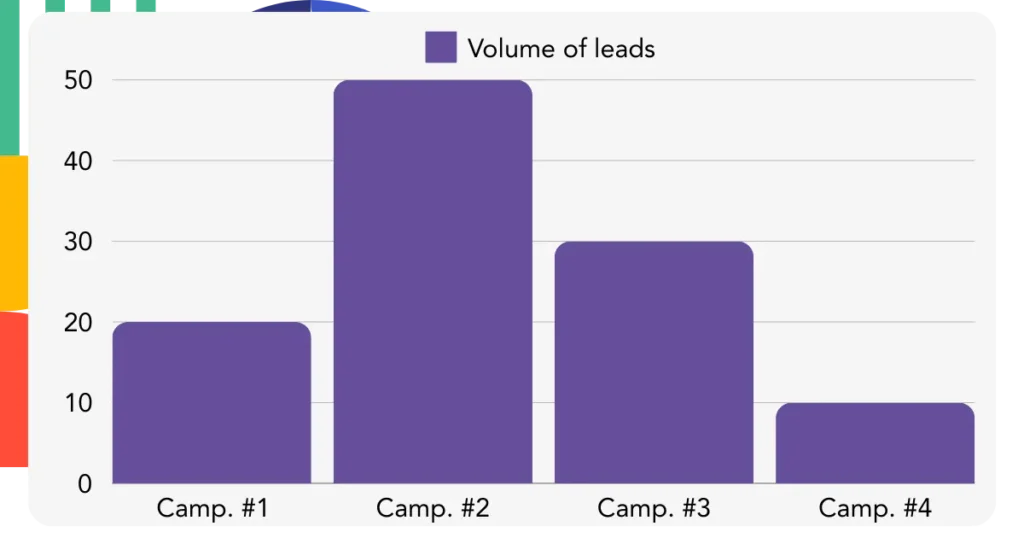
Example #3: Leads by YouTube ad
After determining which YouTube campaign brings in the most leads, you can look into which ad group or ad is generating the highest number of leads.
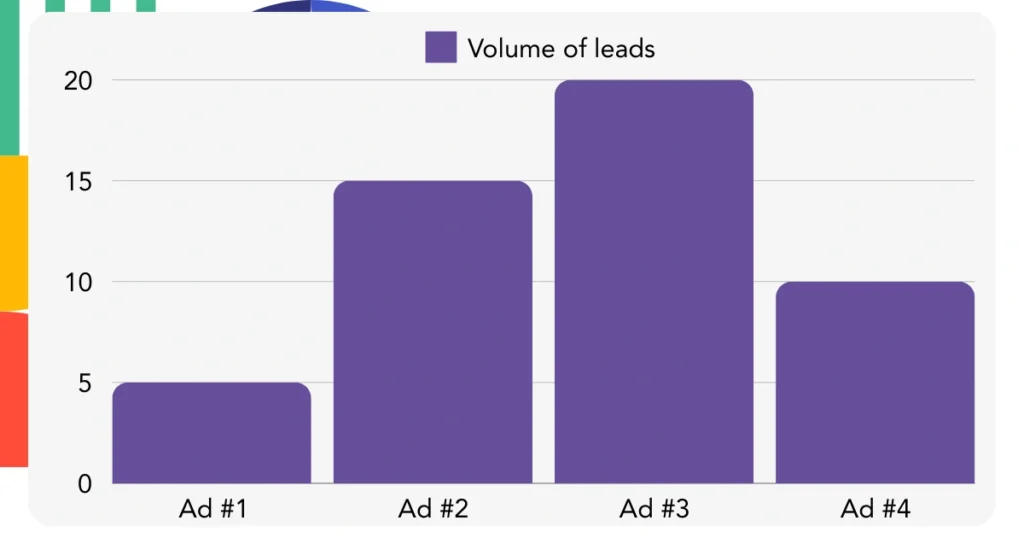
2. Sales and revenue source reports
Now that we’ve identified the YouTube campaign, ad group, and ad responsible for generating leads, it’s time to determine whether these leads are translating into sales and revenue.
To monitor sales and revenue, transfer your leads to a CRM like GoHighLevel. This tool helps track data from various channels, sources, YouTube campaigns, landing pages, and subfolders.
With this valuable data, you can refine your YouTube ad strategy, directing resources to the channels, sources, campaigns, ad groups, and ads that bring in the most sales and revenue.
You can create various sales and revenue reports, like:
- Sales and revenue by channel
- Sales and revenue by source
- Sales and revenue by campaign (aka. YouTube campaign)
- Sales and revenue by term (aka. YouTube ad group)
- Sales and revenue by content (aka. YouTube ad)
- Sales and revenue by landing page
- Sales and revenue by landing page subfolder
Example Scenario:
| Channel | Search Paid | Social Paid |
|---|---|---|
| Leads | 50 | 75 |
| Sales | 5 | 6 |
| Average Order Value | $150 | $100 |
| Revenue | $750 | $600 |
After launching campaigns on Google (Search Paid) and YouTube (Social Paid), the first “Leads by Channel” report revealed that YouTube ads led to more leads than Search Paid ads.
Upon reviewing the sales and revenue data in your CRM, you noticed that the Search Paid channel produced more revenue with fewer leads than the Social Paid channel. Based on this, you adjusted your budget to invest more in Search Paid.
LeadSources tracks the source of each lead in 123FormBuilder, whether they come from ads, organic search, social, email, etc. and syncs that data with each submission. See the full breakdown on the lead source in 123FormBuilder page.

